Drywall, how to use it at home?
There are at least 7 possible ways to use this highly convenient and versatile material!
But first of all, what is drywall?
These are panels or boards composed of gypsum and cardboard sheets; they have a standard width of 120cm and a height ranging from 200 to 350cm.
Thickness varies according to use, although 13mm is the most common.
There are sheets with good acoustic and thermal insulation properties, or fireproof or even water-repellent.
The use of this material has several advantages:
– quick and easy processing due to the panels.
There is no need for mortar; the panels, which you can cut with a simple cutter, are screwed to a galvanized steel frame.
The joints would then be grouted, and the whole thing prepared to be painted like a regular wall.
Its ease of installation makes it practical for concealing systems, thus, avoiding making tracks in walls or “leveling” any imperfections or edges.
– cleaning.
The pieces are virtually ready to use: there is no use of bricks or mortar, raising thus very little dust, so once the work is done, ordinary cleaning will be enough.
– customization.
Due to the ease of workability, it is very suitable for custom fabrications: you can have curved shapes, put doors or add integrated lighting.
– ease of removal.
The ease of installation is also found in its eventual removal.
– costs.
Drywall work has a lower cost than the same work done, however, with wood or brick.
Of course, there are some disadvantages, but minimal:
– heavy impacts.
The slabs are resistant at the surface level and can withstand medium-slight impacts, but certainly not strong ones; the slab can be dented or ruined if you give it a hard blow!
– weights.
Paintings, shelves, or chandeliers may be too heavy: there are special hooks and dowels to put them.
For heavier loads, some dowels can be attached to the framing.
Well, now that we have seen what it is and what the advantages and disadvantages of drywall are, let’s also see how to use it in the home!
– One of the most common uses is as a FALSE CEILING.
A drywall ceiling will allow the use of recessed spotlights or LED strips.
Excellent use in transition areas or perhaps to optically divide two different functionalities in the same room, such as the open-space kitchen and living room or the entrance that gives directly onto the living room.
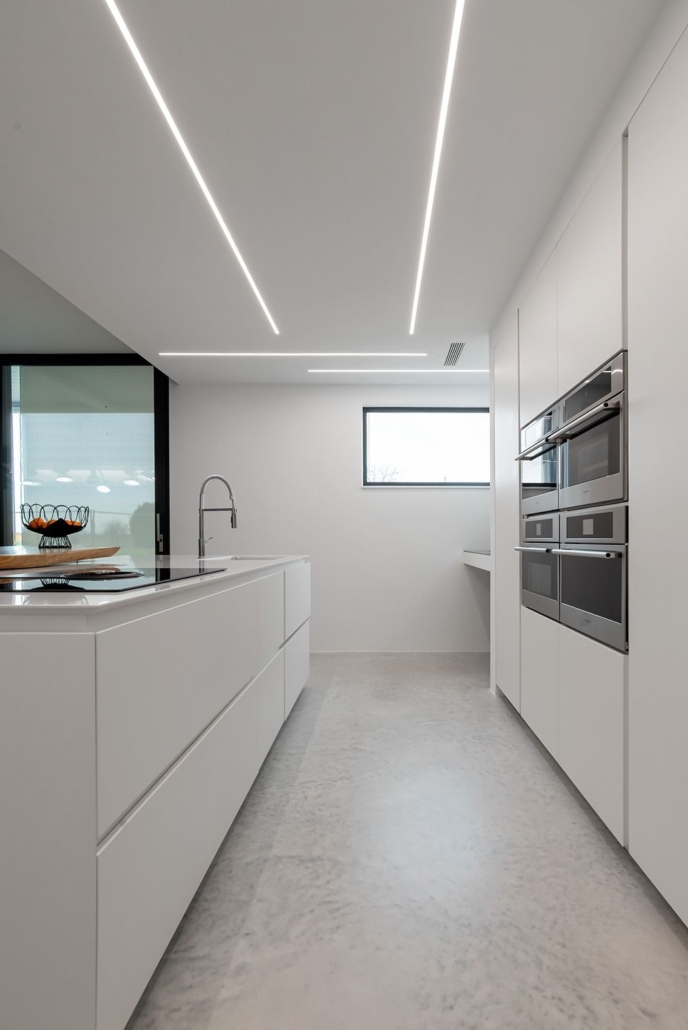
(credit inlet.it)
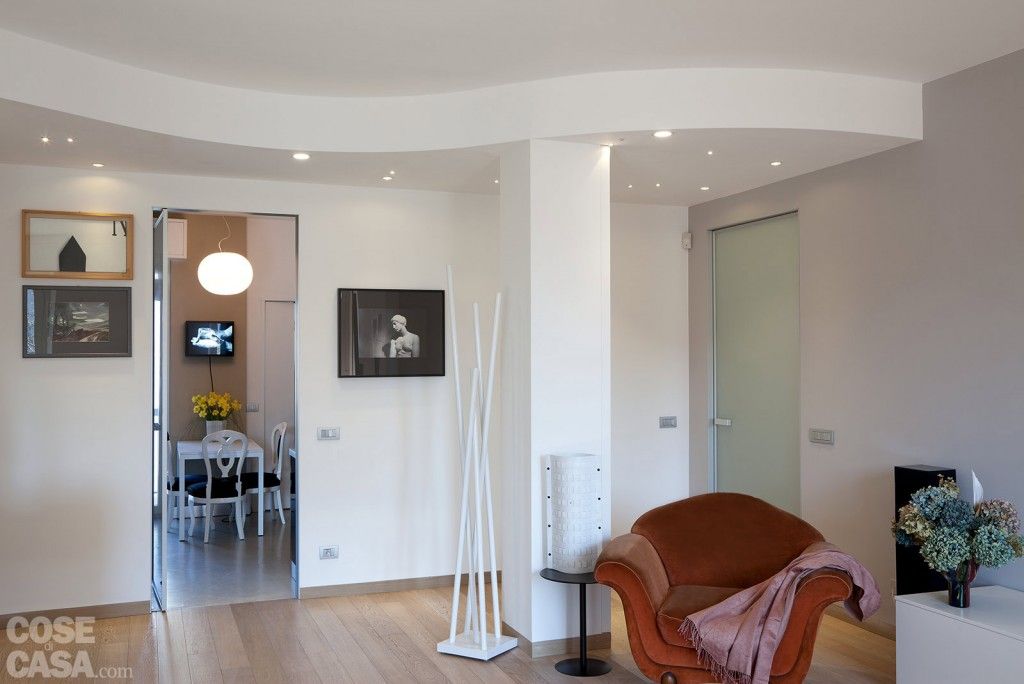
(credit cose di casa)
– Use of RIB.
It is always a ceiling use, only this time it is not fully covered, but only the perimeter part.
Perfect for creating ambient lighting
It could be a great idea to emphasize an impressive ceiling because LED strips can be put on it that light upward.
Depending on the width, it will also be possible to put spotlights pointing downward.
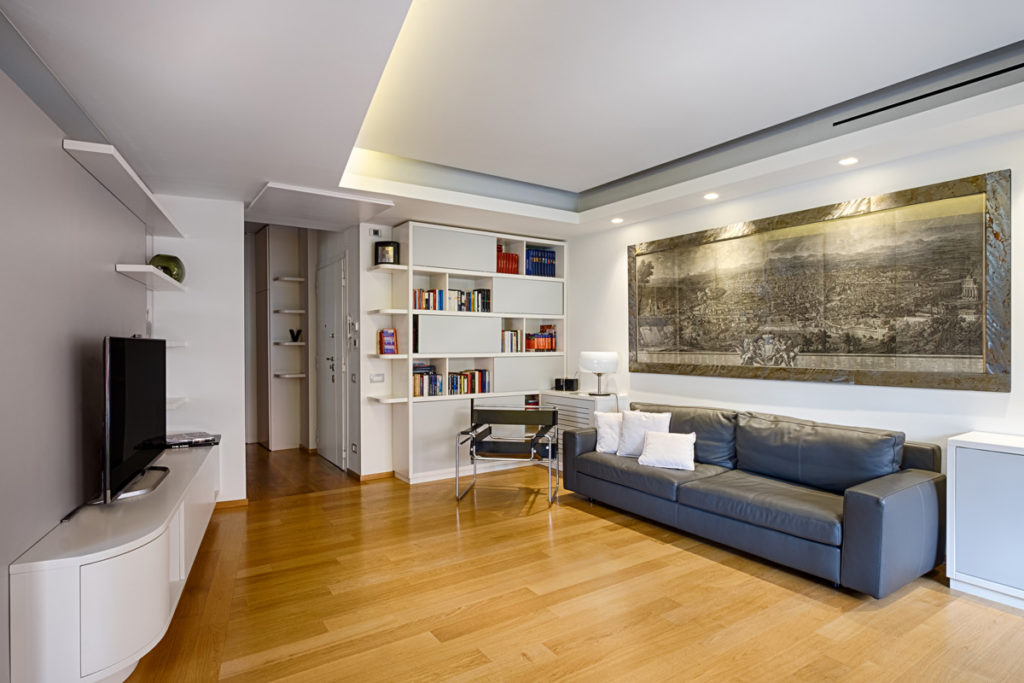
(credit officinemama.com)
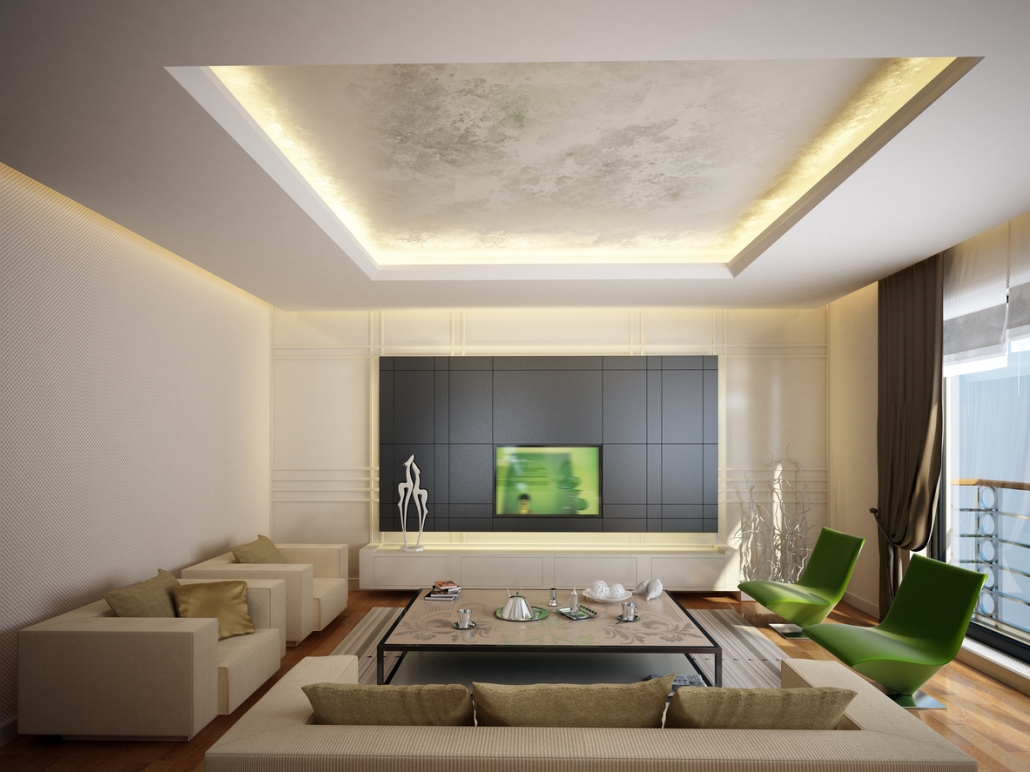
(credit Tavan Dekor)
– WALL constructions.
It can replace bricks for wall construction to divide rooms.
That is convenient if you have to do this division when you already live in the house.
The ease of installation and cleanliness of the work makes this intervention really not invasive.
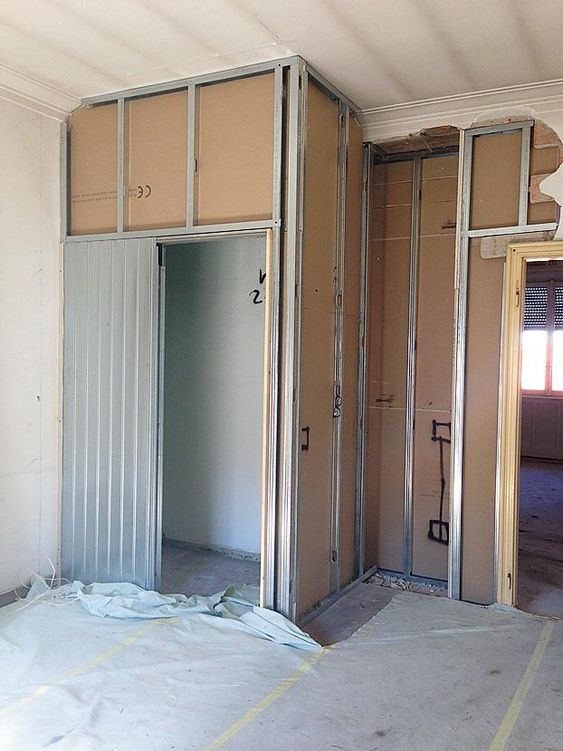
(credit cose di casa)
– Construction of DIVISIONS.
It is not always necessary to divide an entire wall; sometimes, a small wall or just a portion is enough, perhaps with an open opening to let light and look flow.
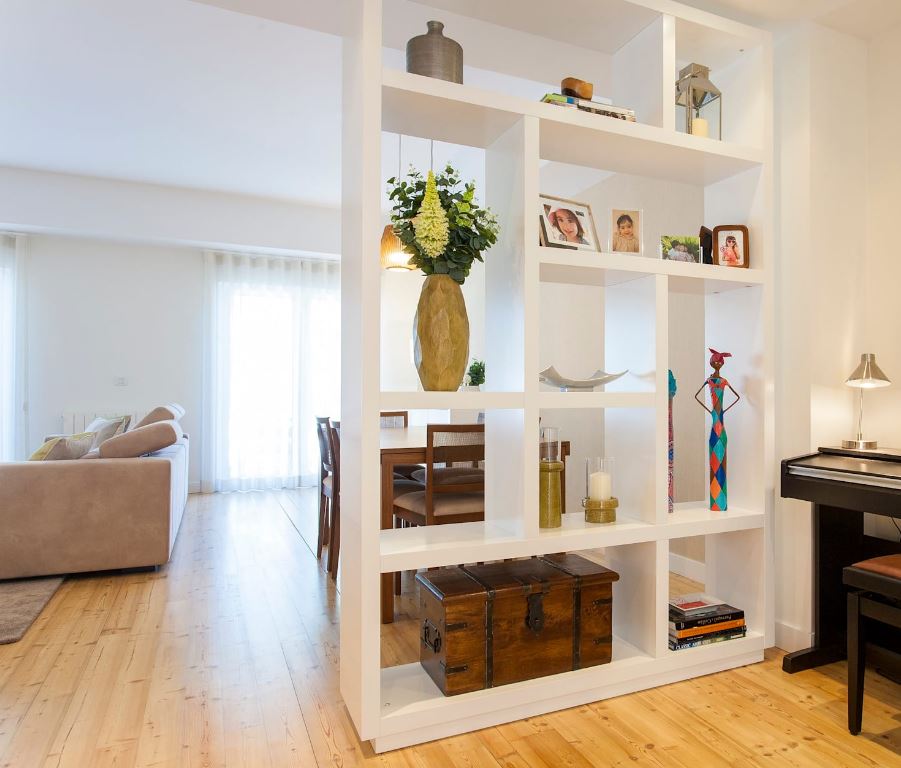
(credit homify.it)
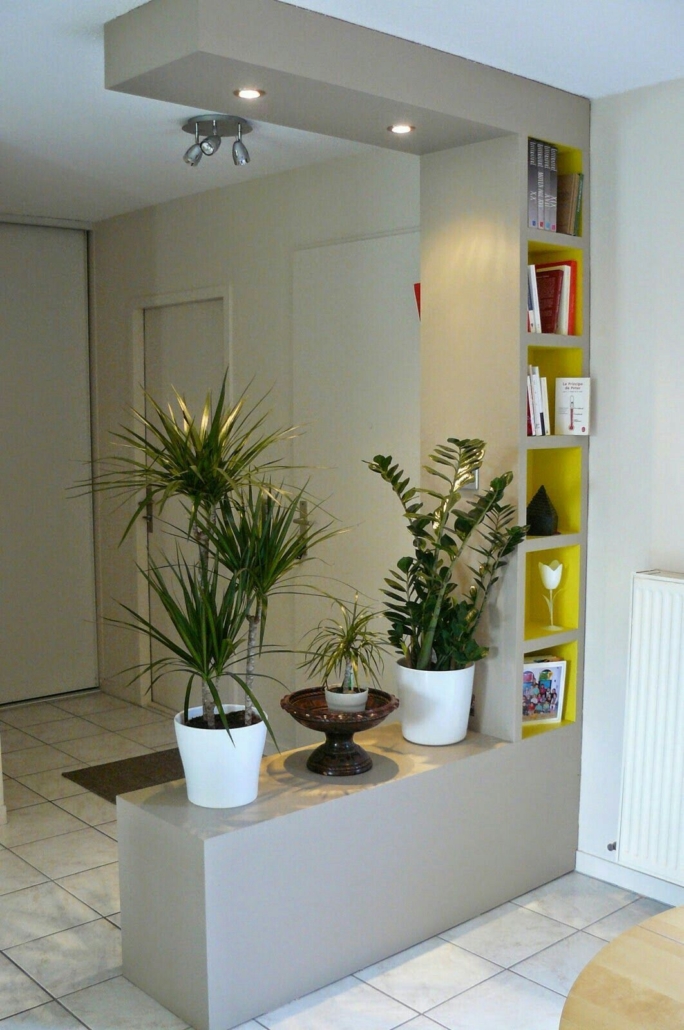
(credit casaegiarfino.it)
– CUSTOM furniture.
Its versatility allows the construction of cabinets, bookcases, wall units, and niches…
Really with a bit of imagination, you can do anything!
In the bedroom, for example, it can become an original wall with illuminated niches that will also serve as a support.
Or, if the room is large, you can create a walk-in closet.
Last week I was talking about mansards: drywall would become an incredible ally on that occasion!
Also great for taking advantage of an open understairs!
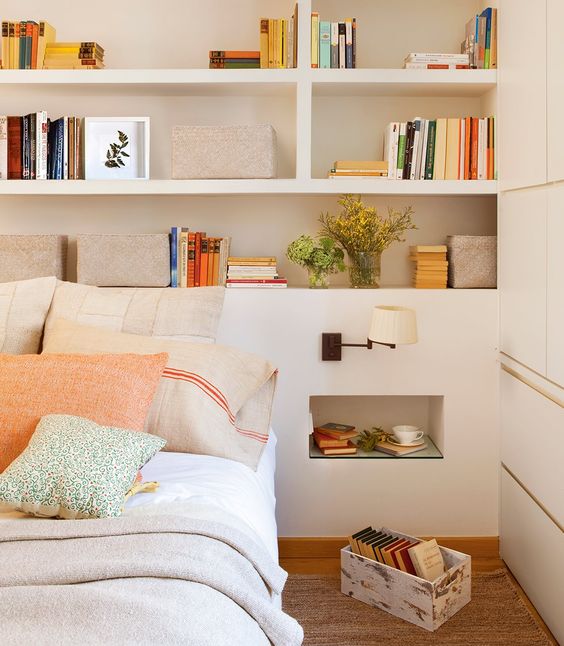
(credit El mueble)
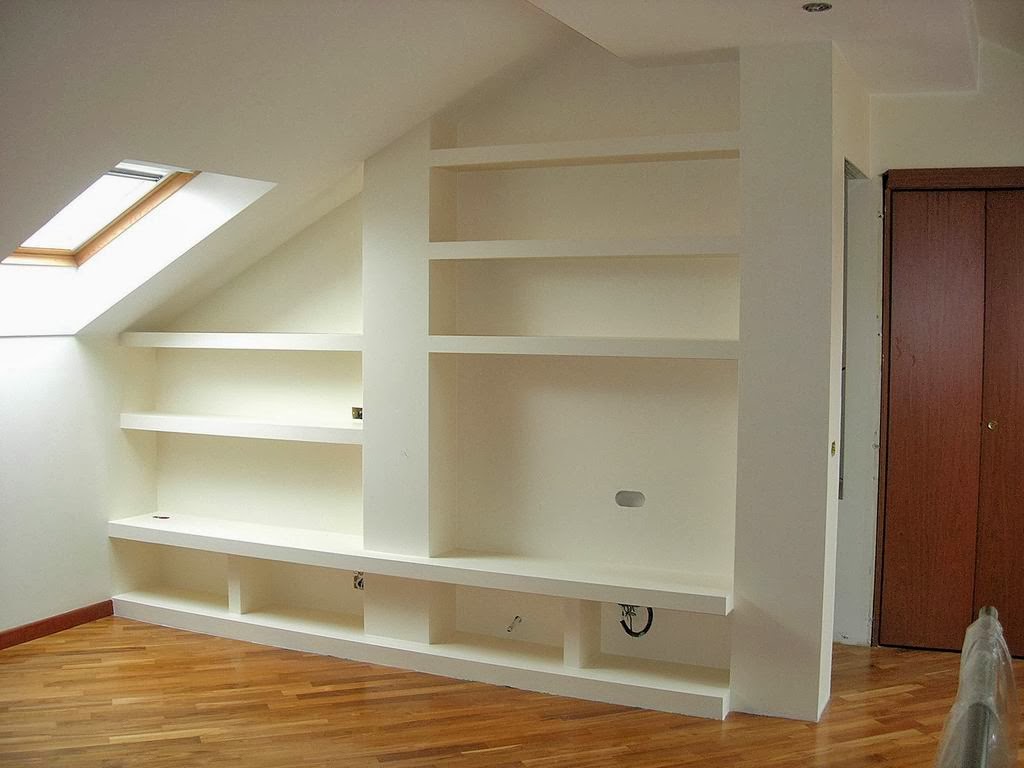
(credit decor Style)
– fireplace COVERING.
If you have a fireplace in your home, lining it with drywall will give it a contemporary appeal.
If, on the other hand, you do not have it with drywall, it will be possible to put in a bioethanol one, that does not require a chimney, adding charm to the living room.
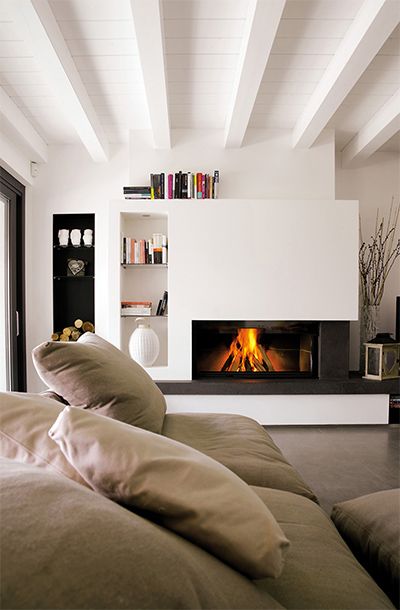
(credit artheco.it)
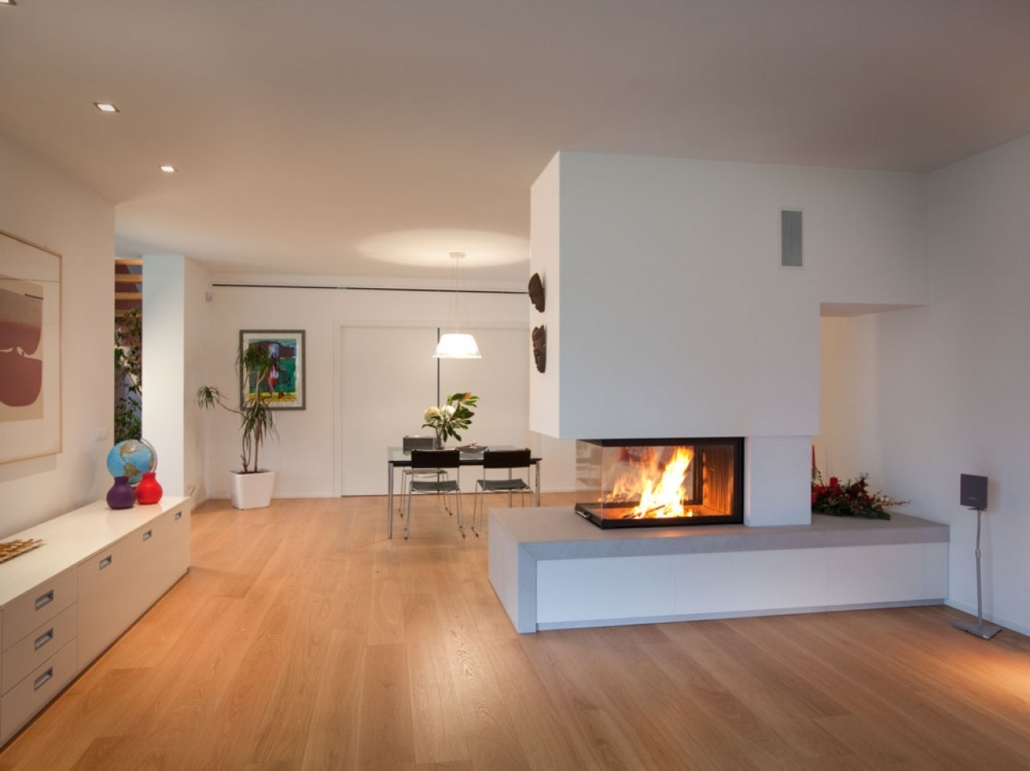
(credit michelincaminetti.it)
– creations of small MEZZANINE.
Especially in tiny houses, taking advantage of every inch is really vital.
Creating some small mezzanine in some areas where the ceiling is higher could be convenient for additional storage space!
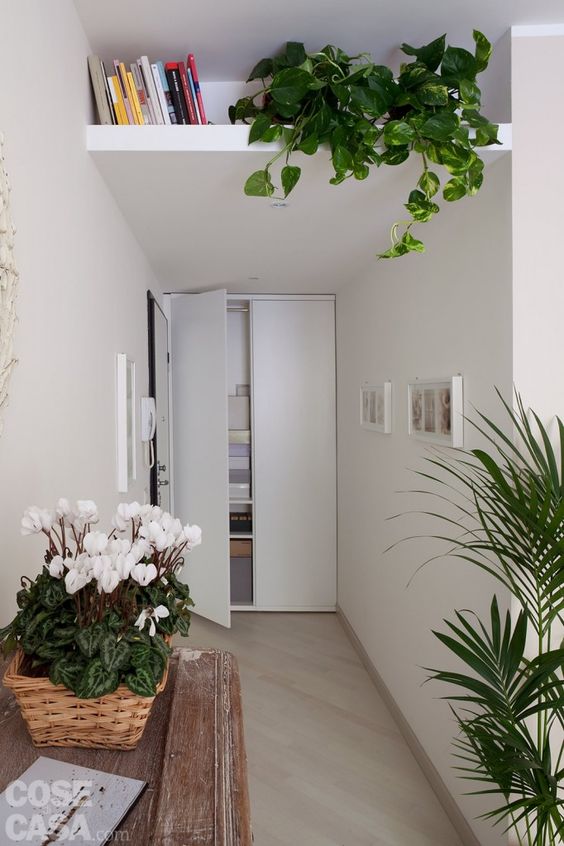
(credit Cose di casa)
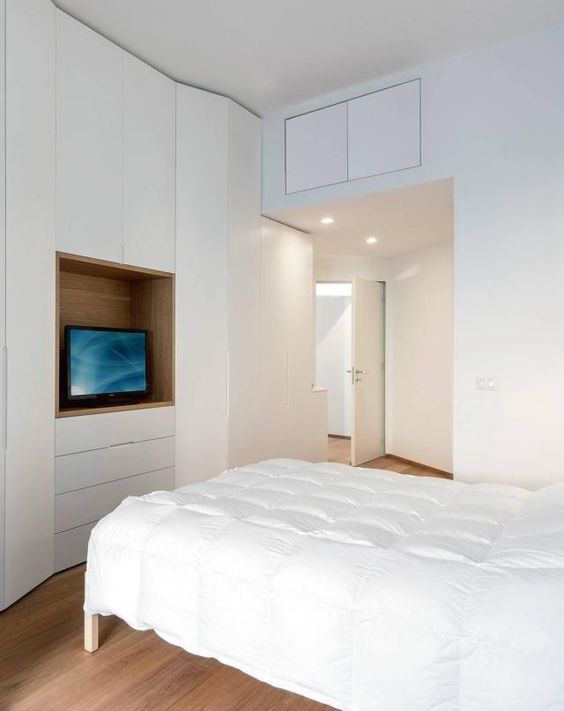
(credit Cose di casa)
Have you used it yet? Let me know how and where in the comments!
If you have any doubts just contact me!
This post is also available in: Italian

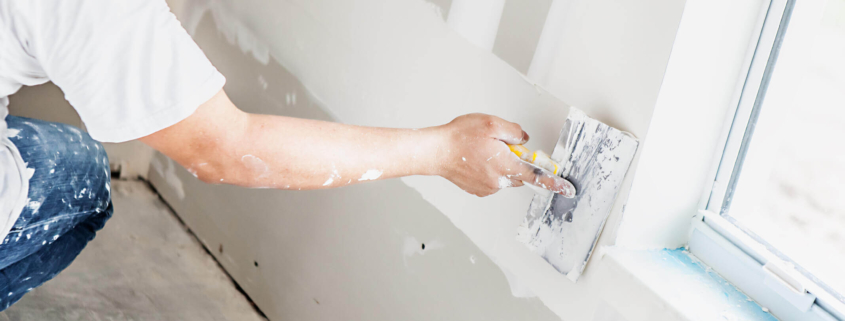
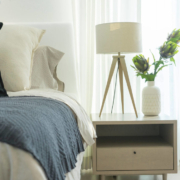

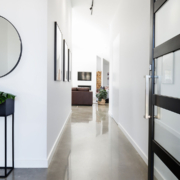
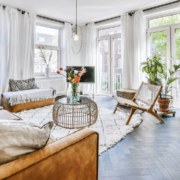
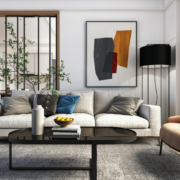
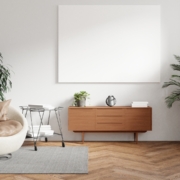


I find it interesting that drywall can be used to divide rooms within your house. My husband and I have been interested in adding a library to our house, but we’d need another room to do so. We’ll have to look into hiring a drywall contractor to divide our large living room into two spaces this spring so we can add a library.
Drywall is indeed a super versatile element!
I think you’ll be happy using it to divide the room in two!